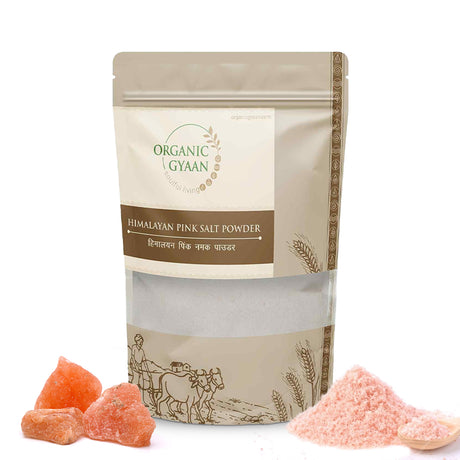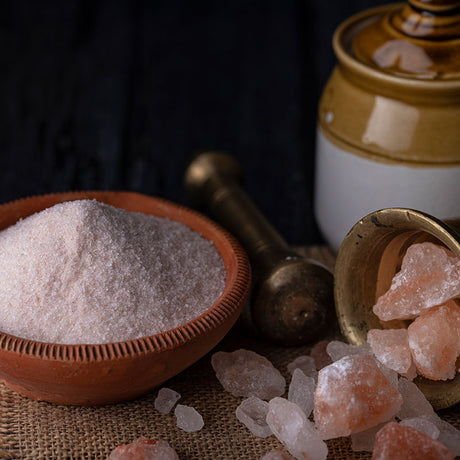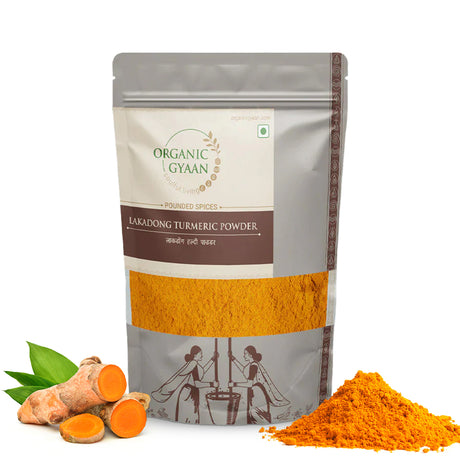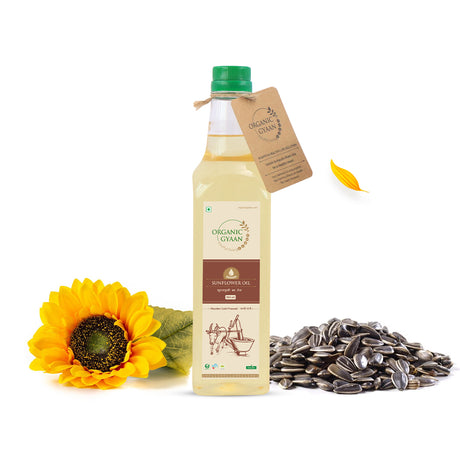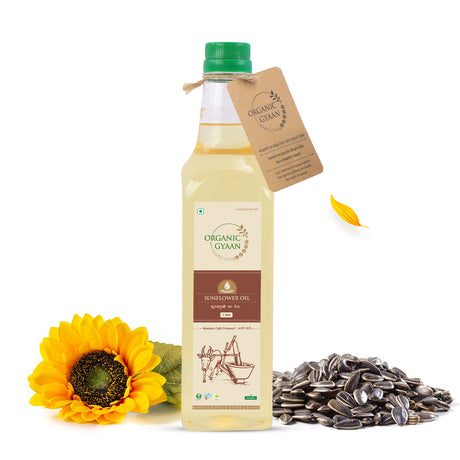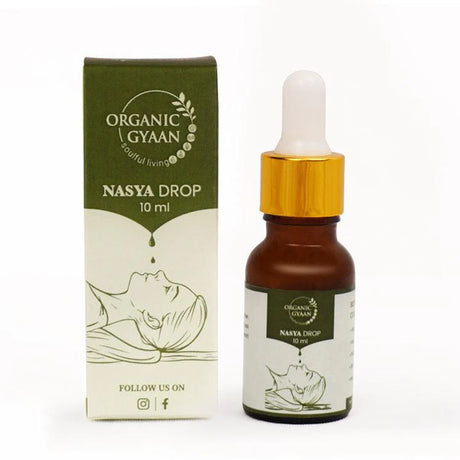Who knew once primarily farmed as animal feed will get fame as a superfood and will become one of the core staple foods for humans! Yes, but Barley has aced it with all its nutritional power! Today’s millennial generation may not have much exposure to this one of the oldest grains but believe us barley- the holy grain which also has several references in the Bible, possess the potential of becoming a powerhouse grain to upbeat your health. Let’s, get some more insight into this nutrient-dense grain!
What is Barley?
Barley has the scientific name Hordeum vulgare L and is a cereal plant belonging to the Hordeum genus and Poaceae family. Some shreds of evidence that tells, barley was first domesticated about 800bce its wild progenitor Hordeum spontaneum. In India, barley is known as Jau which is an all-season crop. Barley uses its nutritional ingredients to develop a delicious, mild, and slightly nutty taste. The colour of this crop is light tan to yellowish, spindle-shaped which is lighter than wheat. The long, pointed auricles which tend to clasp differentiate this superfood.
What Nutritional Quotients are offered by Barley?
Barley benefits are no secret! Barley features a very rich nutrient profile when it comes to dietary fibre and other minerals. Barley is consumed in two forms:
-
Hulled
-
Pearl Barley
Hulled barley is processed minimally so the bran and germ are retained which possess more fibre quotient. On other hand, pearl barley never comes with an outer covering or bran. As it is a polished version, it has fewer nutrients but the benefits of faster cooking and a smooth mouthfeel.
Now let us explore the complete nutritional profiles of both types of barley along with facts for the size of serving: 100gm
| Nutrient Factors |
Hulled Barley |
Pearl Barley |
|
Energy in Calories |
354 |
352 |
|
Carbs in gm |
73.5 |
77.7 |
|
Protein in gm |
12.5 |
9.9 |
|
Fat in gm |
2.3 |
1.2 |
|
Fibre in gm |
17.3 |
15.6 |
|
Phosphorous in mg |
264 |
221 |
|
Calcium in mg |
33 |
29 |
|
Magnesium in mg |
133 |
79 |
What are the Benefits of including Barley in the Diet?
If you are hesitating about this small, chewy, earthy flavour grain to include in your diet, then learn the incredible health benefits and nutritional advantages barley offers. Count on us, you will change the decision after learning all of them:
1. A Good Weight Loss Food
Including barley in the diet is a super easy task, you can make simple roti or soup with barley and consume appetite satisfying meal which will also help you in healthy weight management. Enriched with dietary fibres in high volume, one can have a feeling of fullness for a longer time which reduces calorie intake. Eventually, you can have reduced weight in a healthy way.
2. Good Intestinal Health
The health and nutrition benefits of barley include improved intestinal health. The high fibre content of the super grain may help in preventing constipation and maintaining a healthy colon with regular bowel movements. Furthermore, these high fibres contain good bacteria for improved intestinal health, especially the large intestine. These bacteria ferment these fibres and form butyric acid, which is a superfood for intestinal cells to be healthy. Barley also improves digestive tract health by cleaning out all toxins.
3. Enhanced Cardiovascular Health
Phytochemicals majorly contribute to improving cardiovascular health and to our surprise, barley is super enriched with different phytochemicals such as flavonoids. The iron and folate contents also increase red blood cell formation and oxygenate the blood for great health. Other nutrients like niacin, selenium, and riboflavin enhance cell formation and the potential to carry oxygen through blood cells.
4. Improved Immunity
Barley’s benefits cover improved immunity along with several others. High nutritional values that barely encompass become the key to maintaining the body in good shape. One of the vitamin B variant-niacin improves digestion and overall skin health by consuming the energy from our food. One can also keep thyroid glands on track with a selenium content of barley. Vitamin B6 may offer boosted immune cells and the brain.
5. Stronger Bones
The presence of vital minerals like magnesium, iron, phosphorous, and zinc in barley may offer improved bone health. Zinc plays a vital role in the mineralization and development of bones, while calcium and magnesium contribute to good bone structure and strengthens them.
6. Superfood for High-blood Sugar Level Individuals
If you explore the nutritional chart of barley, you will find a high amount of magnesium which plays a significant role in maintaining a lower glycaemic index. This apparently improves insulin production and improved blood sugar levels.
7. Controls Cholesterol
Regular consumption of barley can reduce the higher levels of cholesterol. A higher amount of niacin present in barley may help to lower cholesterol levels and reduce the potential cardiovascular risks. Being a whole grain, barley may provide protection against deposits of fatty substances on the walls of arteries. Also, the insoluble fibres which constitute propionic acid will help in keeping the blood cholesterol low.
Some Dietary Tips for Hulled and Pearl Barley Consumption:
Barley, being a whole grain, can be easily added to a daily diet. There are several ways of consumption:
1. Hulled Barley
It is the raw form of barley that is in the whole-grain form from which the outer and inedible hull is removed. With complete grain, hulled barley takes longer hours to cook but retains most of the nutrients.
2. Pearl Barley
Pearl barley is partially steamed so that its hull and bran are separated and removed. Because of this removal, pearl barley takes less time for cooking and is low in nutrients as compared to hulled barley.
3. Flakes Form
Flakes are popular snacks nowadays. Now make your breakfast healthier with barley flakes which are in flattened and sliced form.
4. Barley Grit
Barley grit is made up of toasted and cracked barley which may vary in nutritional aspects depending upon the type of barley used in it.
Are there any Risks of Barley Consumption?
Although barley is a whole grain, enriched with lots of nutrition, learn the risks involved before starting the consumption:
-
People with celiac disease or intolerance to wheat should avoid the consumption of barley as it also contains gluten.
-
With fermented types of fibre-fructans, barley is not well suited for people with irritable bowel syndrome or other digestive diseases.
-
Barley consumption directly affects blood sugar levels, so be careful while adding it to your daily diet if you are on blood-sugar-lowering medicines or insulin.
Barley benefits are not just for humans but it is actually intended for livestock feed. It is a whole grain, which is enriched with fibres, minerals, and vitamins. If you are looking for diet-rich food with good nutrients, barley is the best option. Go traditional with barley idli or barley khichdi as comfort food! If you have still not explored this powerhouse food, go wild, visit our website or stores for organically grown Barley, and start experiencing our diverse products of barley flour or barley porridge! And if you have consumed this during your grandma or mom’s age, then follow them to have a healthy life!






